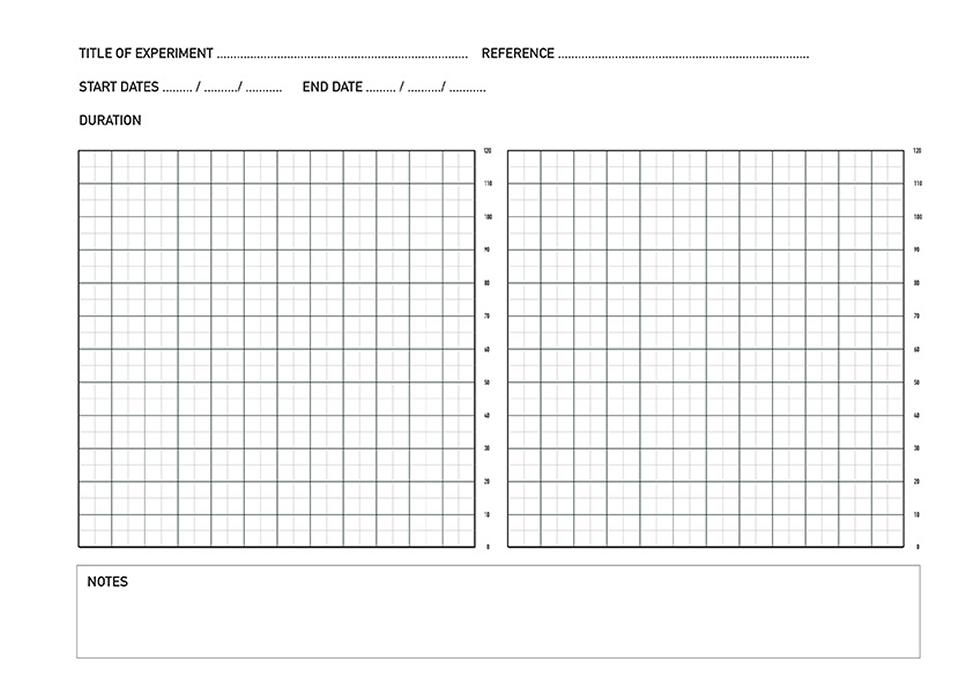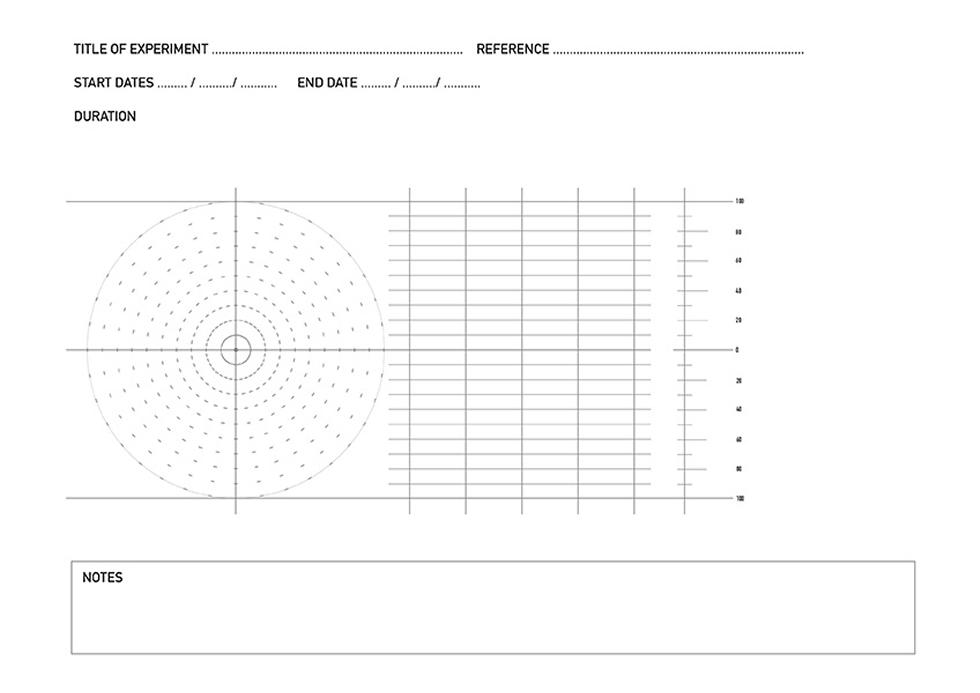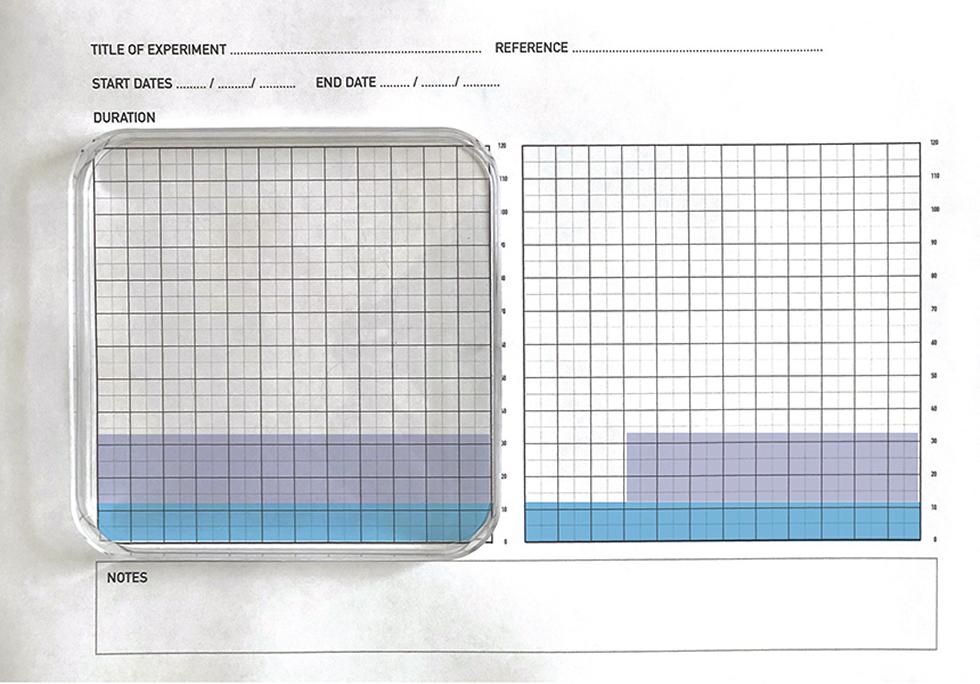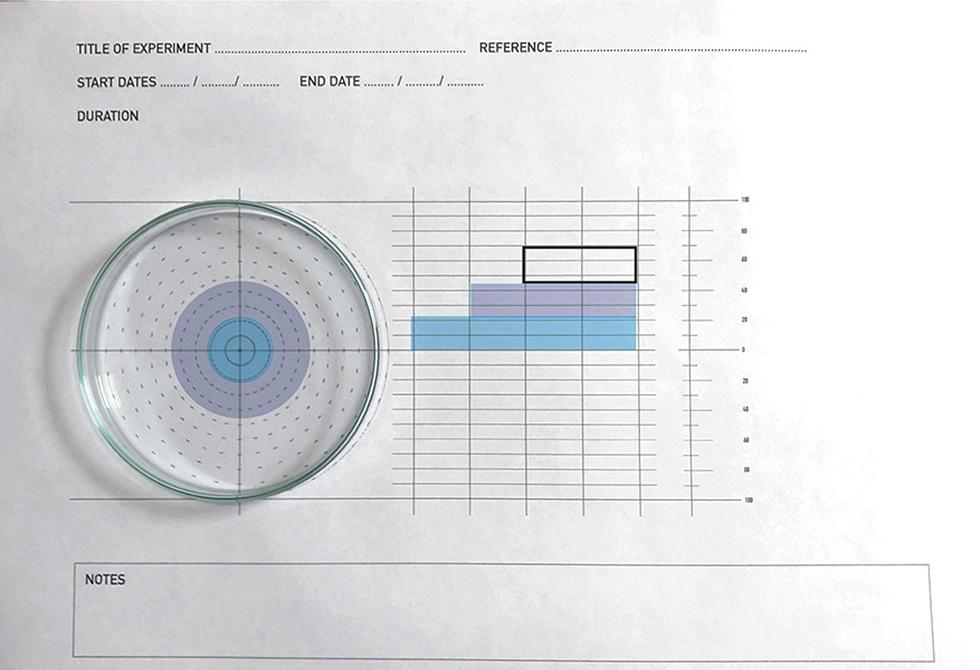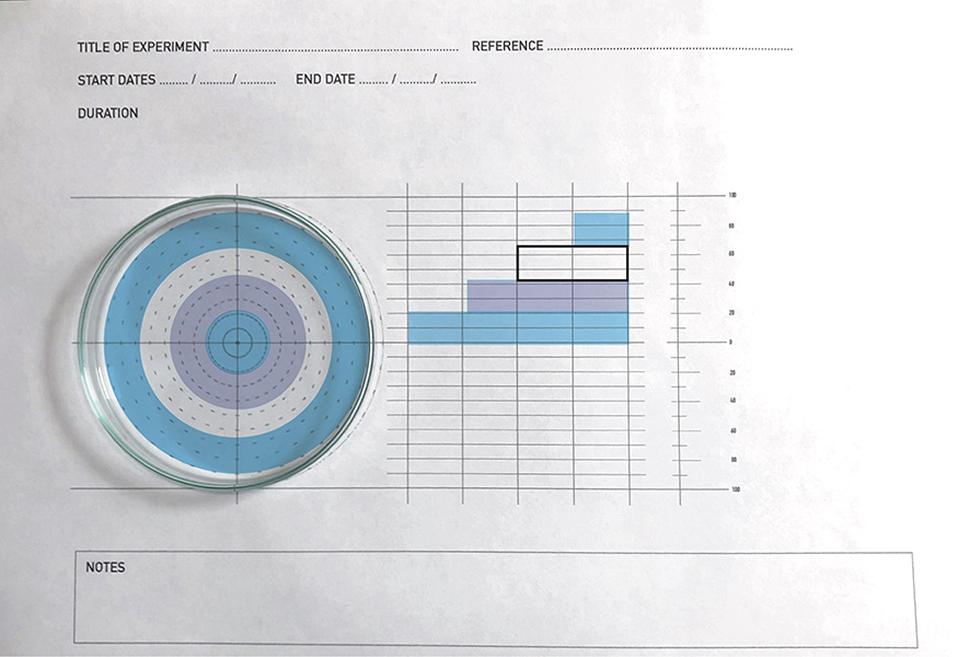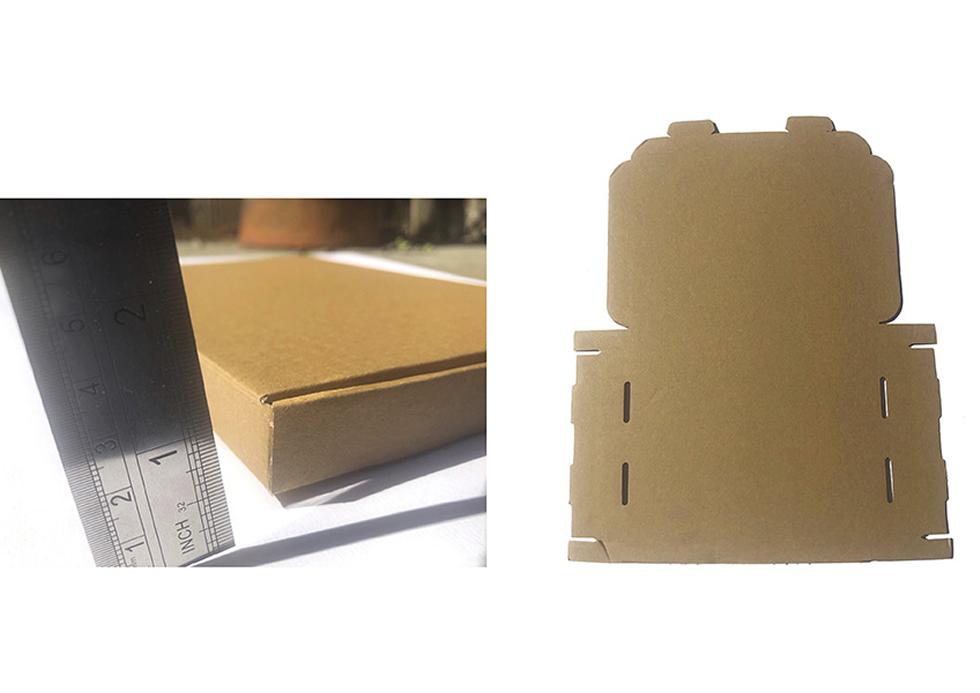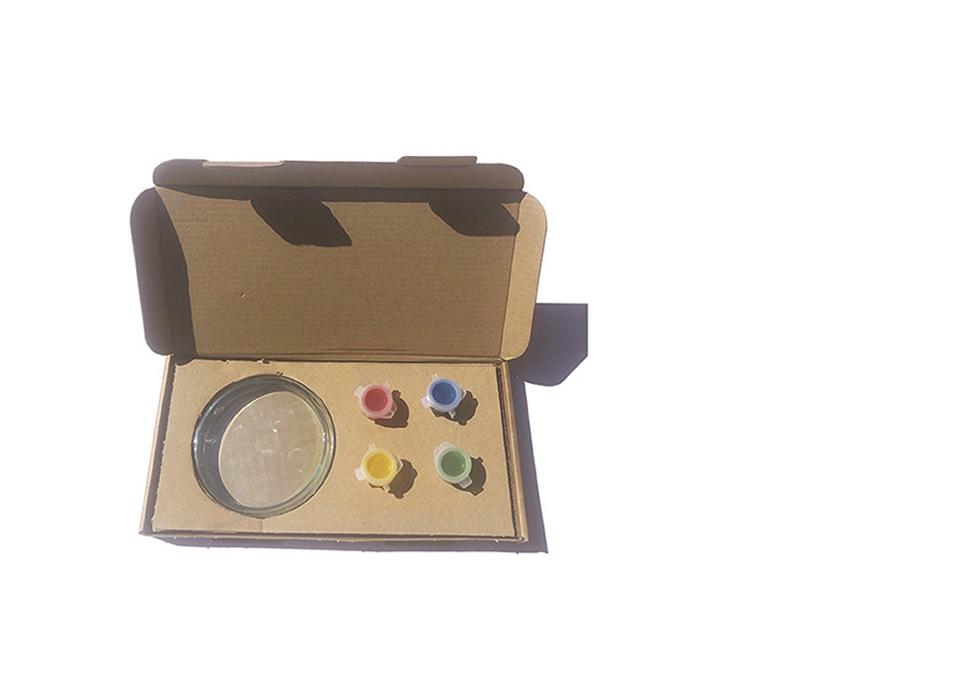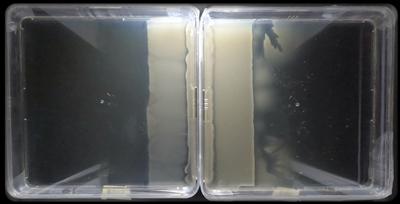
This is an ongoing collaboration with Frankin Luzia De Nobrega, a microbiologist within the School of Biological Sciences at the University of Southampton. Franklin initiated the project by supplying a movie that captured the evolution of bacteria as they encounter their natural predators, bacteriophages. Filmed by a PhD student in lab conditions, using a GoPro camera placed overhead, the movie recorded the path of bacterial growth in two petri dishes over a 24-hour period. It had been condnsed to a duration of one minute so that the changes inside the petri dish were easy to see. Thus, the first stage of visualisation took place prior to the involvement of the Data Image Lab.
Our immediate and collective response was that there were no measurements—of either time span or of the pattern of bacterial growth—contained in the movie itself, and we set about designing a physical system that could be used in the filming of such petri dish action in the future. We created a simple measuring schema, a paper diagram that could be positioned under a petri dish (both round and square), with a side panel to enable direct translation of the pattern of growth into a bar chart system.

To illustrate the value of such measurements, stills were pulled from the initial ‘phages’ film at one second intervals. The square grid was overlaid on the images and a new movie created from the stills. showing the distinct spatiotemporal path of the bacteria as it met with the bacteriophages. Consequently, the conversation moved on to the ways in which this system of measuring and recording could be used outside the lab. The idea emerged of sending (harmless) bacteria through the post, part of a kit to enable the stting up of a petri dish experiment at home and to measure the results. We set about designing the prototype of a box system that would fit through a standard letterbox and contain all the elements and instructions necessary to carry out the experiments at home, as well as to record and to register the outcomes.
We are planning for the kit to be used with school groups and as part of the National Saturday Club scheme. It was noted that there are currently no Science and Engineering Saturday Club centres in the Hampshire area, with only three in the whole of UK.
